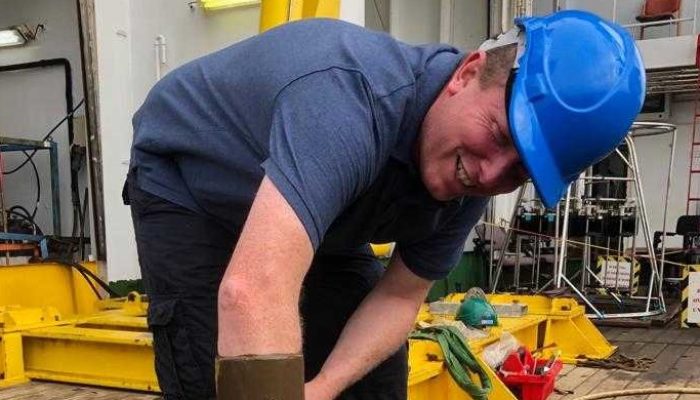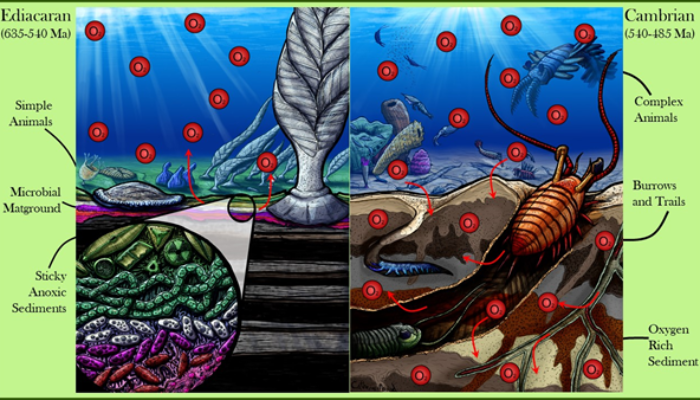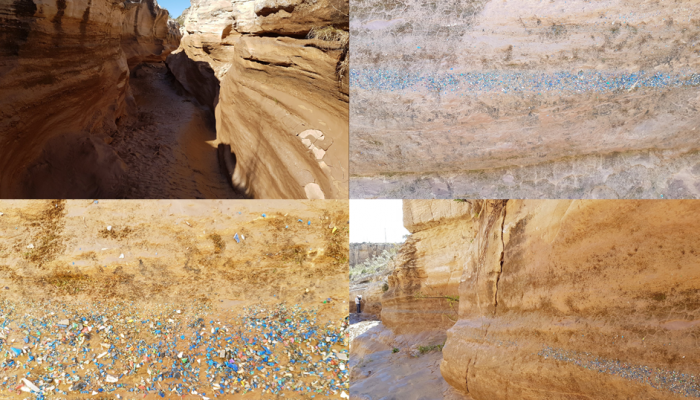The Geosciences are at the forefront of the fight against climate change. It is Geoscientists who discovered it and explained it, and it is Geoscientists who work to understand it and its consequences. Geoscientists undoubtedly will be amongst those who will lead us to the solutions. However, it often seems that Geoscientists are solely associated with the extractive industries, a damaging false p ...[Read More]
Congo Canyon: A Chat with Dr Steve Simmons
It is always an interesting period when the time comes around for me to write my blog for the SSP page. My research is predominantly in numerical modelling, which would be interesting if I was modelling awesome natural phenomena, but I don’t. I general assess the sensitivities of the numerical models to different sorts of uncertainty and whilst this is important work for understanding the outputs ...[Read More]
Slimy Landscapes 2: This time it’s Precambrian
Slime is important to the developments of Earth’s landscapes – I have already explored this in a previous post where I learnt how Extracellular Polymeric Substances (EPS), a fancy phrase for a slime produced by organisms, can bind sediments together and making them resistant to erosion. This has impacts on the development of landscapes, from the types of bedforms forming below flows, the rate at w ...[Read More]
The Plastocene – Plastic in the sedimentary record
The University of Hull was privileged to host the annual British Science Festival in 2018. One of the key events was the Huxley Debate, which brings together world-leading experts to discuss a pressing issue facing society. The theme in Hull was “what do we do about ocean plastics?”. As part of the discussion, Professor Dan Parsons, Director of the Energy and Environment Institute, suggested that ...[Read More]




